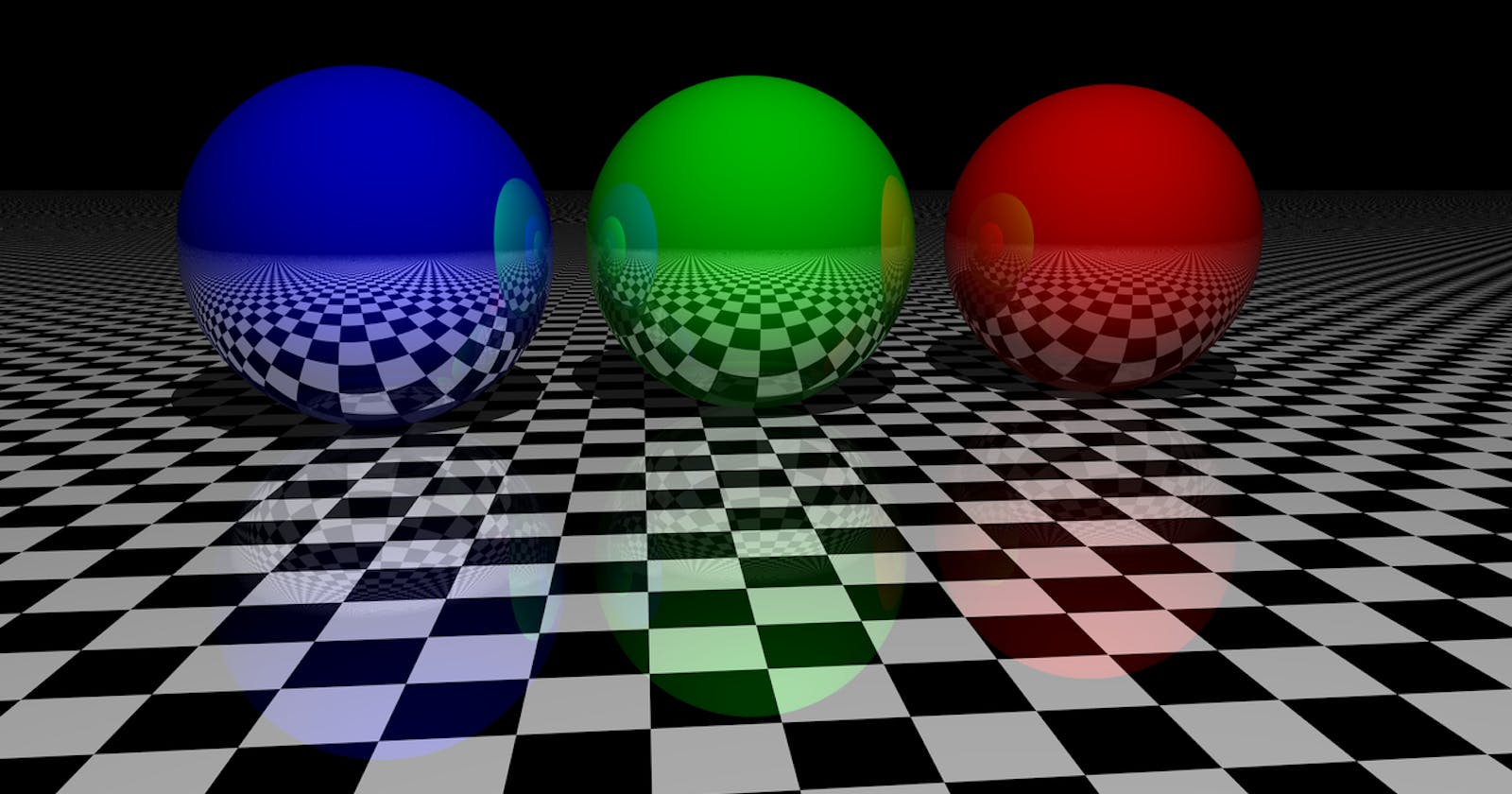Introduction
Ray tracing is a powerful technique used in computer graphics to create highly realistic images by simulating the behavior of light. It is widely used in industries such as film, architecture, and video games to produce stunning visual effects and immersive experiences.
By tracing the path of light rays as they interact with objects in a scene, ray tracing can produce highly accurate reflections, shadows, and refractions. This level of realism is difficult or impossible to achieve with other rendering techniques, such as rasterization or ray casting.
Studying ray tracing is essential for anyone interested in computer graphics or related fields. It provides a deep understanding of the principles of light and how it interacts with objects in a scene. It also requires knowledge of linear algebra, trigonometry, and other mathematical concepts, making it an excellent way to improve your math skills.
Furthermore, implementing a ray tracer is an excellent way to improve your programming skills, especially in languages such as C++ which are commonly used in the field of computer graphics. It requires careful attention to performance optimization and memory management, as well as a strong understanding of object-oriented programming principles.
In summary, studying ray tracing is essential for anyone interested in computer graphics or related fields. It provides a deep understanding of the principles of light, requires knowledge of advanced mathematical concepts, and is an excellent way to improve your programming skills.

Scenes like the above are the end goal of the project.
